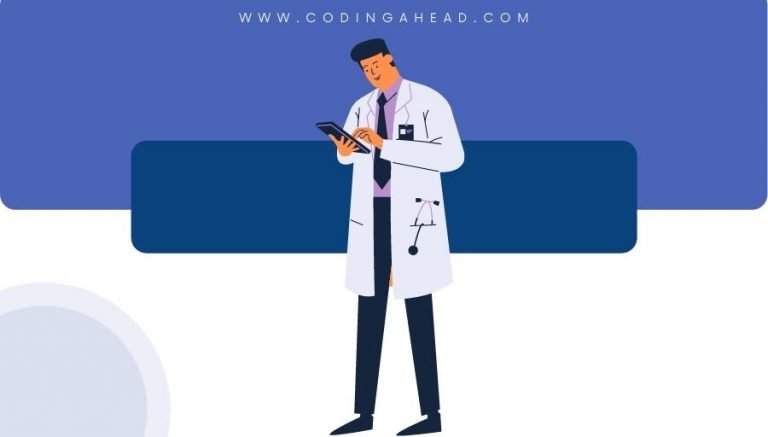How To Use CPT Code 31646
CPT 31646 describes the procedure of therapeutic aspiration of the tracheobronchial tree using a rigid or flexible bronchoscope, including fluoroscopic guidance, when performed. This article will cover the description, official description, procedure, qualifying circumstances, appropriate usage, documentation requirements, billing guidelines, historical information and billing examples.
1. What is CPT Code 31646?
CPT 31646 can be used to describe the therapeutic aspiration of the tracheobronchial tree using a rigid or flexible bronchoscope. This procedure involves the insertion of a bronchoscope through the nose or mouth to examine the airways of the lung and aspirate fluid from the tracheobronchial tree. Fluoroscopic guidance may be used during the procedure. It is important to note that CPT 31646 is specifically for subsequent aspirations performed during the same hospital stay, while CPT 31645 is used for the initial procedure.
2. Official Description
The official description of CPT code 31646 is: ‘Bronchoscopy, rigid or flexible, including fluoroscopic guidance, when performed; with therapeutic aspiration of tracheobronchial tree, subsequent, same hospital stay.’
3. Procedure
- The provider prepares the patient and administers anesthesia.
- A rigid or flexible bronchoscope is inserted through the nose or mouth and advanced to the airways of the lung.
- The provider examines the mucus lining or covering of the airways using the bronchoscope’s eyepiece.
- If any abnormal fluid, such as pus or other substances, is present in the tracheobronchial tree, the provider introduces a catheter or needle through the bronchoscope’s channel and aspirates the fluid.
- Fluoroscopic guidance may be used to assist in performing the procedure.
- Once the procedure is complete, the instruments and bronchoscope are removed, and the patient’s vital signs are monitored.
4. Qualifying circumstances
CPT 31646 is performed when a subsequent therapeutic aspiration of the tracheobronchial tree is necessary during the same hospital stay. This procedure is typically performed on patients who require the removal of abnormal fluid from their airways, such as those with lung abscesses or other conditions that result in the accumulation of fluid. The use of a rigid or flexible bronchoscope, as well as fluoroscopic guidance, may be necessary depending on the specific circumstances of the patient’s condition.
5. When to use CPT code 31646
CPT code 31646 should be used when a subsequent therapeutic aspiration of the tracheobronchial tree is performed during the same hospital stay. It is important to differentiate between the initial procedure (CPT 31645) and subsequent aspirations (CPT 31646) when reporting these services. CPT 31646 should not be used for initial aspirations or aspirations performed during separate hospital stays.
6. Documentation requirements
To support a claim for CPT 31646, the provider must document the following information:
- Indication for the therapeutic aspiration
- Details of the procedure, including the use of a rigid or flexible bronchoscope and fluoroscopic guidance
- Date and time of the procedure
- Specific findings during the procedure, such as the presence of abnormal fluid in the tracheobronchial tree
- Any complications or adverse events that occurred
- Signature of the provider performing the procedure
7. Billing guidelines
When billing for CPT 31646, ensure that the procedure is performed during the same hospital stay as a subsequent therapeutic aspiration. It is important to use the appropriate CPT code based on whether it is the initial procedure (CPT 31645) or subsequent aspirations (CPT 31646). Additionally, follow any specific guidelines provided by the payer regarding the use of modifiers or reporting of multiple procedures. It is also important to note that CPT 31646 should not be reported with CPT codes 31666 to 31668 if those procedures have already been performed within the previous seven days.
8. Historical information
CPT 31646 was added to the Current Procedural Terminology system on January 1, 1990. Since its addition, there have been several code changes to refine the description and clarify the circumstances in which the code should be used.
9. Examples
- A patient with a lung abscess requires a subsequent therapeutic aspiration of the tracheobronchial tree using a flexible bronchoscope during the same hospital stay.
- During a bronchoscopy, a provider identifies abnormal fluid in the tracheobronchial tree and performs a subsequent therapeutic aspiration using a rigid bronchoscope.
- A patient with a history of recurrent pneumonia undergoes a subsequent therapeutic aspiration of the tracheobronchial tree using a flexible bronchoscope to remove accumulated fluid.
- Following an initial therapeutic aspiration, a patient experiences a recurrence of abnormal fluid in the tracheobronchial tree and requires a subsequent aspiration during the same hospital stay.
- A provider performs a subsequent therapeutic aspiration of the tracheobronchial tree using a flexible bronchoscope to address a persistent lung infection in a patient.
- During a bronchoscopy, a provider identifies the need for a subsequent therapeutic aspiration of the tracheobronchial tree to remove abnormal fluid and improve the patient’s respiratory function.


